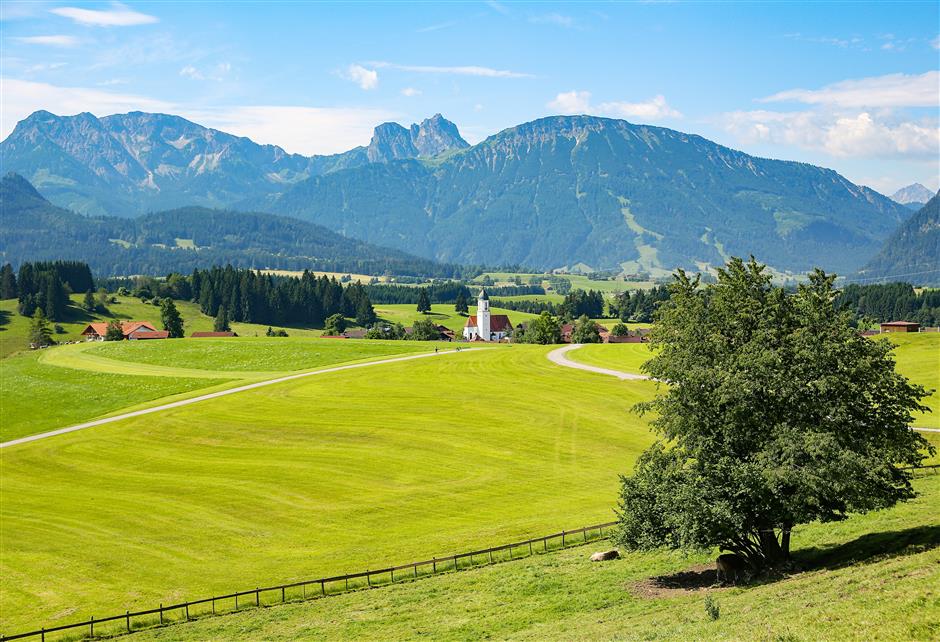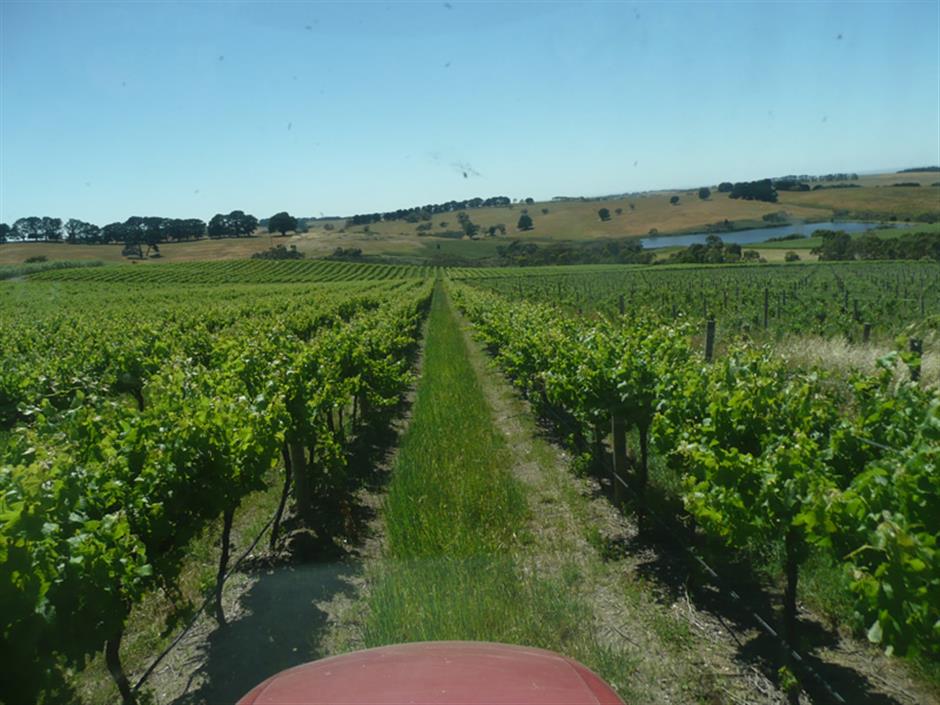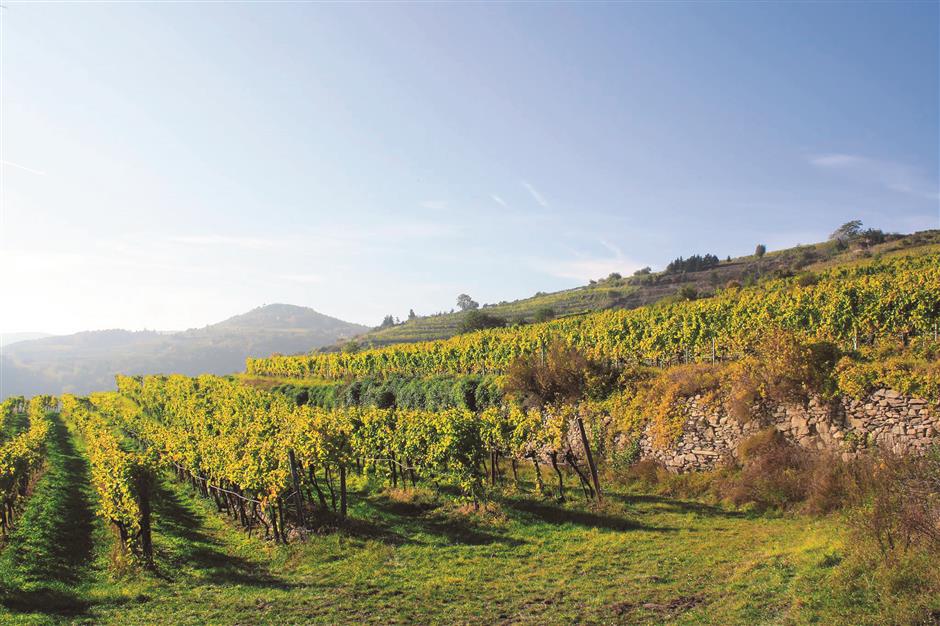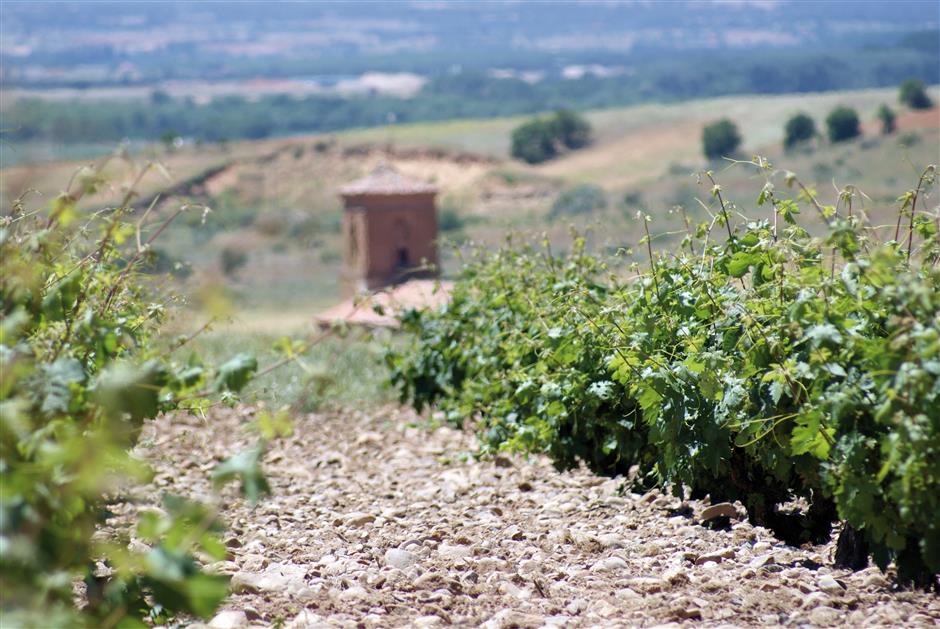Summary
My Shanghai Daily colleagues will serve up a tasty article on sesame treats, so my first inspiration is Indian cuisine because the great South Asia subcontinent is where sesame plants were first domesticated over 5,000 years ago.
Regional Indian cuisines are some of my favorites, but they do pose wine pairing challenges. Fortunately, these challenges are surmountable when you bear in mind two food wine matching basics. Bold wines with bold dishes and spicy and generously fruity wines with spicy foods. Depending on the region and ingredients of the Indian dishes, some of my go-to wine styles are Mendoza Malbec, Washington State Syrah, Marlborough Sauvignon Blanc and Marlborough Sauvignon Blanc. Champagne and Prosecco sparklers also work well. Wines may be fine partners to Indian cuisine, but this week I’ll feature a spirit rather than a wine. There exists ample historic and cultural justification.
Scotch whiskey was first introduced to India when the East India Company ruled over parts of India in the 18th century, yet it only became popular with the local elite during the British Raj Period between 1858 to 1947.
Today, India is the world’s largest whisky market with affordable domestic produced whisky dominating. I’ve tasted decent Indian whisky but with all due respect, I’m far fonder of serving Scotch whisky with Indian food. So, what style of Scotch whisky is best with Indian cooking?
There are four main styles of Scotch whisky: blended, single malt, blended malt and blended grain. Blended whisky is by far the most common. And until the mid-20th century this was basically the only option for most consumers. Blended whiskies, then as now, range from exceptional to appalling. Today, single malt whiskies are all the rage, considered by many connoisseurs as the gold standard of Scotch whiskies.
I have a degree of familiarity with single malt whiskies as I’ve worked with Grant & Sons and helped Diageo launch the Singleton of Glen Ord single malt whisky in Asia 14 years ago. My fondness for single malt whiskies continues and while many are fine partners to Indian cuisine, they’re not my first choice.
According to a recent study by the prestigious Indian Institute of Technology, on average Indian dishes have seven distinct ingredients, and each ingredient has 50 molecular flavor compounds. Scientifically speaking this means the secret of many Indian dishes is an abundance of diverse and contrasting flavor compounds. With this in mind, it’s hardly a great leap of faith to say that the best style of Scotch whisky is also the most complex style.
Blended malt whiskies are the new kid on the block. Formerly referred to as vatted or pure malt whiskies, they are blends of two or more single malt whiskies. Some of the best also have a specific geographic identity. Sound familiar wine lovers? Great Bordeaux red wines are blends of two or more grape varieties from Cabernet Sauvignon, Merlot, Cabernet Franc and, to a lesser extent, Petit Verdot, Malbec and Carmenere. While only malt is used in blended malt whiskies, the principal that in the hands of a master blender the sum is greater than the parts exists in both Bordeaux reds and blended malts. The goal is greater complexity.

It’s fair to say that blended malt Scotch whisky producers are among the most innovative whisky makers in the world. The freedom to blend single malt whiskies from the most acclaimed distilleries makes their blends a breath of fresh air in an otherwise staid industry.
One of the leaders of this new wave of premium Scotch whiskies is Douglas Laing.
Established in 1948, this small artisan bottler is now run by the third generation of the family. The company is best known for their regional blended malts that showcase the different regional styles of Scotch whisky.
The Timorous Beastie Highland Malt Scotch is a blend of single malts from Glengoyne, Glen Garloch, Blair Athol, Dalmore and other renowned Highland distilleries. The generous, sweet and spicy nature of the whisky makes it a fine companion for zesty curries and other pungent dishes. There’s also a special limited release Timorous Beastie 18 YO Year of the Rat bottling.
Other exceptional Douglas Laing blended malts available in Shanghai are The Epicurean Lowland, an elegant whisky with citrus, barley and herbal notes; The Gauldrons Campbeltown, a pleasantly sweet and salty malt; The Rock Island, another salty malt with palate pleasing sweet peaty and smoky notes; Scallywag, a sophisticated blend of the best of Speyside single malts, including Macallan, Glenrothes and others, and the company’s first blended malt release Big Peat, a robust, peaty and smoky whisky that wonderfully represents the Islay Island style. Other fine blended malt Scotch whiskies available in our fair city are Monkey Shoulder, Compass Box Flaming Heart and Chivas Regal Ultis.
I’m not making the case that blended malt Scotch whiskies are superior to single malts, as I’d never say that Bordeaux wines are better than Burgundy wines. However, when complex Indian, Chinese or other Asian dishes adorn your table, blended malts represent a superior solution.
Where to buy in Shanghai
gaobilinjl.tmall.com
Douglas Laing Timorous Beastie 18 YO Year of the Rat Highland Blended Malt
Douglas Laing Big Peat Islay Blended Malt
Douglas Laing The Epicurean Lowland Blended Malt
Douglas Laing Scallywag Speyside Blended Malt
www.shanghai9.com
Monkey Shoulder Blended Malt
Compass Box Flaming Heart Blended Malt





